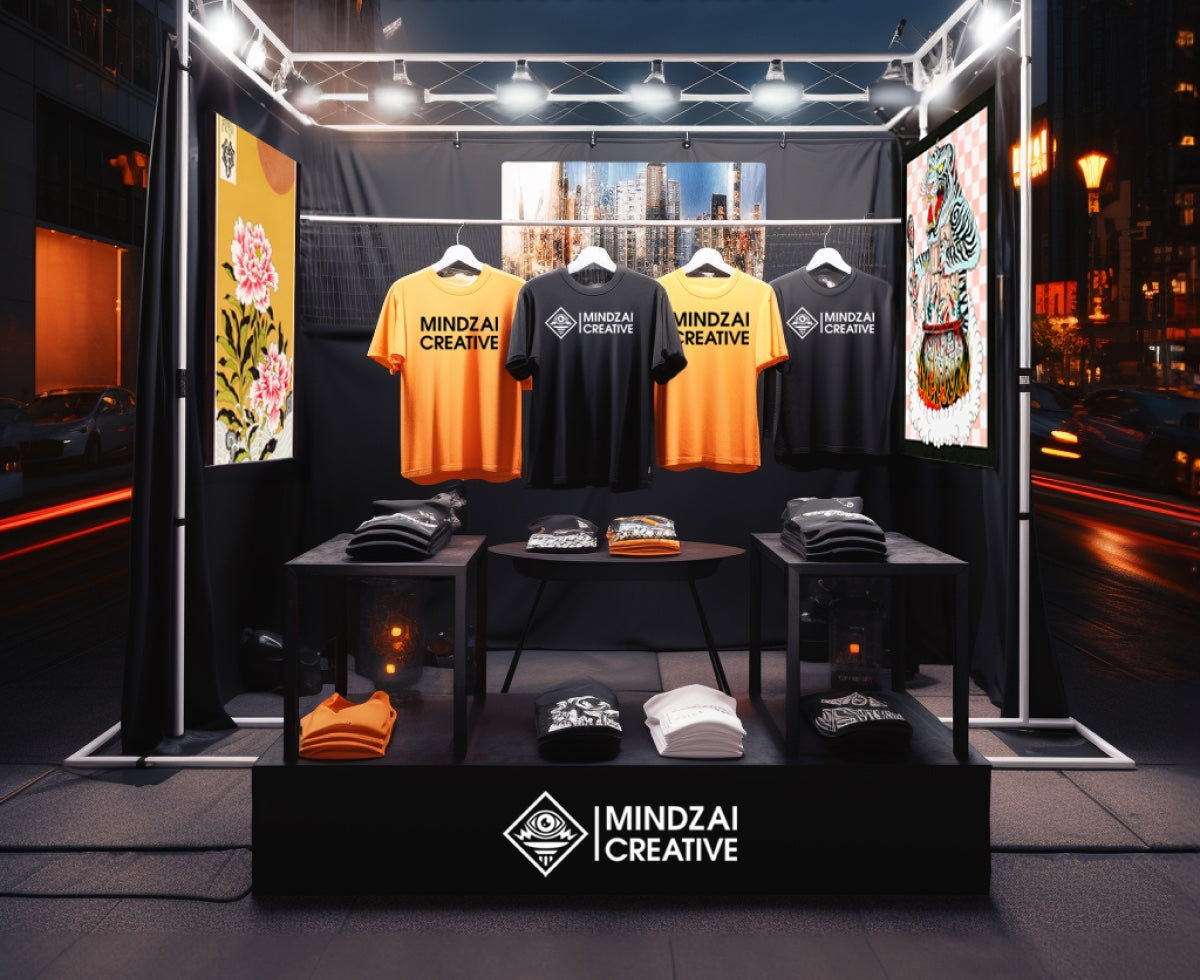For those of you who may be curious, or just want to make sure what you’re buying is what you’re paying for, a Giclée boils down to four main characteristics: resolution, ink, paper, and printer. The print has to meet each of these characteristics to be considered a true fine art print.

1. Resolution: 300dpi minimum.
What is resolution? The resolution is the level of detail there is in a printed image. The more dots (of ink) per inch the higher the resolution - therefore, the higher quality in terms of detail and sharpness. If a file is not created at 300 dpi, increasing the dpi in a photo editing program is not going to be sufficient - you will just end up with a blurry image. Your image needs to be at 300 dpi at 100% of the final output size since size and resolution are inversely proportional to each other.
You can downsize your image as much as you like but you can only scale up so much before you risk losing quality, resolution can always be taken away but it cannot be added. Now we don’t want to confuse resolution with image size. It’s simply a measurement of pixel density, size does not have a bearing on resolution. If you need a high quality scan of your original artwork you can always take it to your local art print shop or blueprint shop and they can set up a scan at 300dpi.
(example of low resolution vs high resolution)

2. Ink: Pigment based not dye based.
Most printers these days use a dye based ink. They consist of a colorant (dye) that is fully dissolved and suspended in water. Dye based inks offer a wide range of colors at a low cost but at a disadvantage. The ink is water soluble and a single drop of water could ruin an entire print. We’ve all been there. Working on an essay for school, a drawing, maybe a note, when you spill the smallest drop from a drink and now your project is ruined.
Why should a Giclée only use pigment ink? Pigment ink consists of a very fine powder of solid colorant particles that are insoluble and suspended in a liquid carrier. The ink is applied in a spray of microscopic drops which offers more accuracy, higher resolution, more vivid colors, and a better resistance to fading and aging. Dye based inks have the potential to resist fading for 25 - 30 years, while pigment based ink has the potential to resist for up to 200 years.
Your standard digital art print is going to be printed using a combination of four colors, CMYK (cyan, magenta, yellow, black). While this gives us a wide color range it does limit our abilities to color match prints to the original. A Giclée should be printed using a combination of 8 - 12 colors. This gives us a wider depth of colors and allows us to color match to the original artwork.
3. Paper: Archival, acid free.
Acid in paper is one of the prime reasons for loss of quality or deterioration in printed work. Because of this Giclees need to be printed on archival quality, acid free paper that is 100% cotton rag. What is acid free paper? Acid free means if the paper is infused in water it will yield a neutral or basic pH. Papers without cotton rag as its substituent are available, but only 100% cotton rag are going to be mostly certified as archival quality.
How could paper have acid in it? I didn’t know this was a thing. Most paper is going to be made out of wood pulp and there is a chemical compound in wood, called “lignin”, that is mixed with bleach during the refining process. This will turn into hydrochloric acid as the paper ages which is why you’ll see older prints that have become yellow and brittle over time.
Acid free paper is buffered with an alkaline reserve, usually calcium carbonate, to help neutralize acid compounds that are absorbed from the atmosphere or formed through the natural aging process. It should contain no groundwood, unbleached pulp, and should be free from optical whiteners to make the sheet more white.
4. Printer: Wide format inkjet.
You can’t use your everyday at home office printer to make a Giclée, they have to be printed on a wide format inkjet printer. The most popular manufacturers are Epson, Canon, and Hewlett-Packard. These brands are the most capable of producing high quality, detailed prints for fine art and professional photography markets.
Hopefully by now you’ll have a better understanding of what it is that makes a Giclée a Giclée. Now the big question is, why choose a Giclée print? It used to be that once an artist sold an original print that was it, it was gone. A Giclée allows an artist to sell prints as close to their 2-D original as possible without having to actually sell the original. For the consumer this means you can get a print at a lower price point compared to buying the original.









